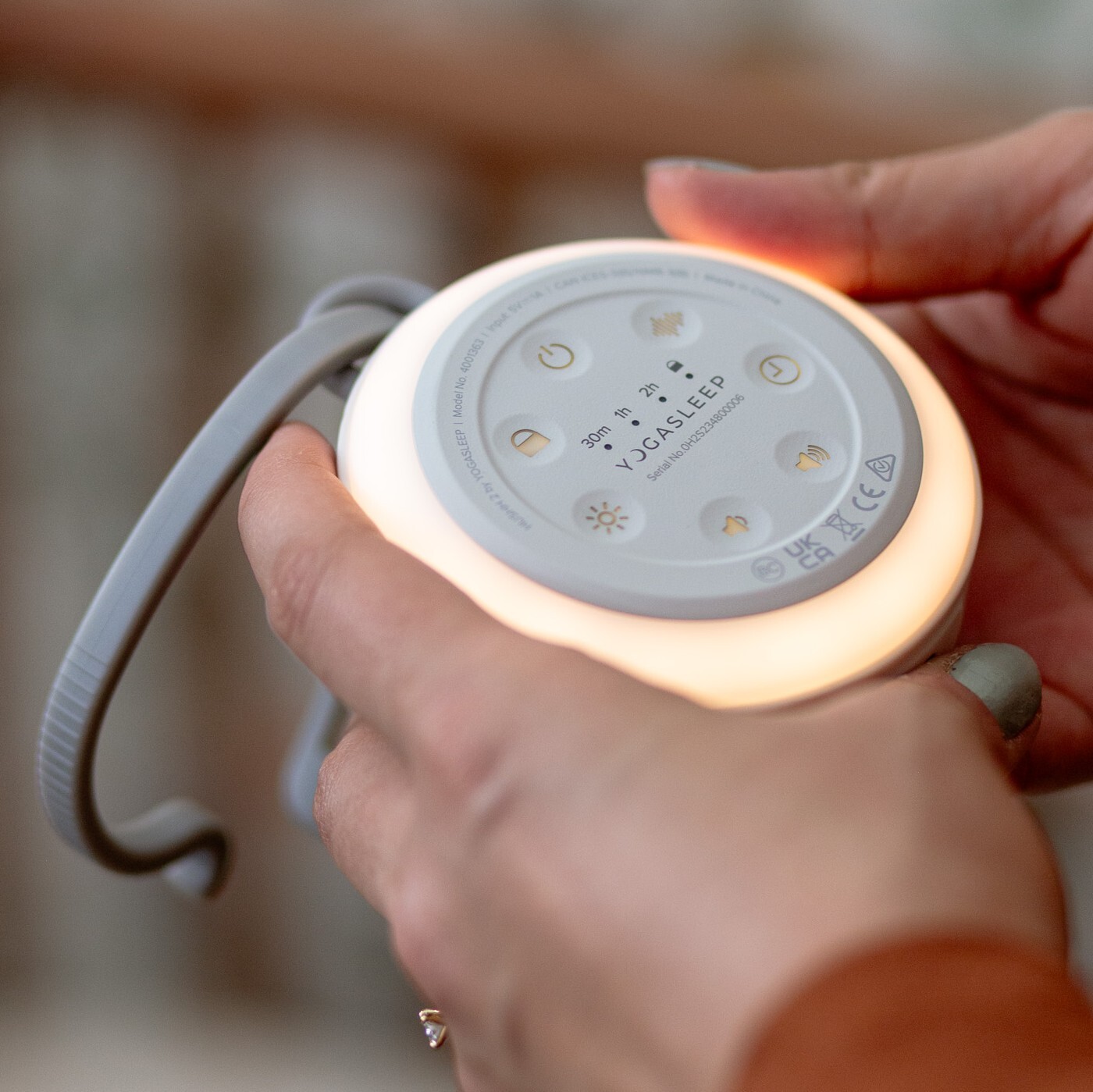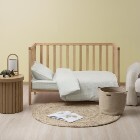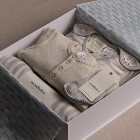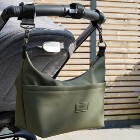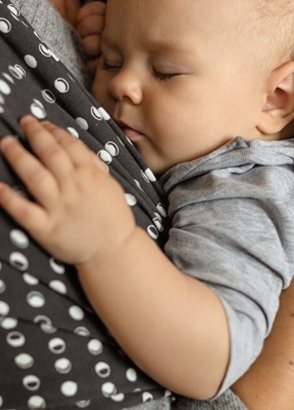Is it time for a routine
We recommend using the feed/play/sleep routine during the day with younger babies, which means you put your baby into bed when she shows tired signs. Then feed her when she wakes from her sleep.
However if your baby is over about 4-5 months and still an over-tired, determined catnapper, you may want to look at using a routine with set nap times. It can take some getting used to and you may need to experiment with what nap times work for your baby. There are lots of sample routines online and lots of books with structured routines, so check out the options and see what might work for you.
Allow a week or so to see if the routine will work for your baby. You might need to use a lot of resettling in the meantime while your baby adjusts, such as buggy rides or a baby carrier. You might also need to use some distraction like bath time, some time outside in the fresh air or playing, as you stretch out the awake times.
This approach is not for everyone, but it can be the one thing people haven't tried that ends up making the biggest difference!
Sample nap schedules
For babies over 4-5 months - naps at 9am, 1pm and 4.30pm.
For babies over 6-7 months - naps at 9am and 1pm
For babies over 8 months - naps at 9.30am and 1.30pm.





